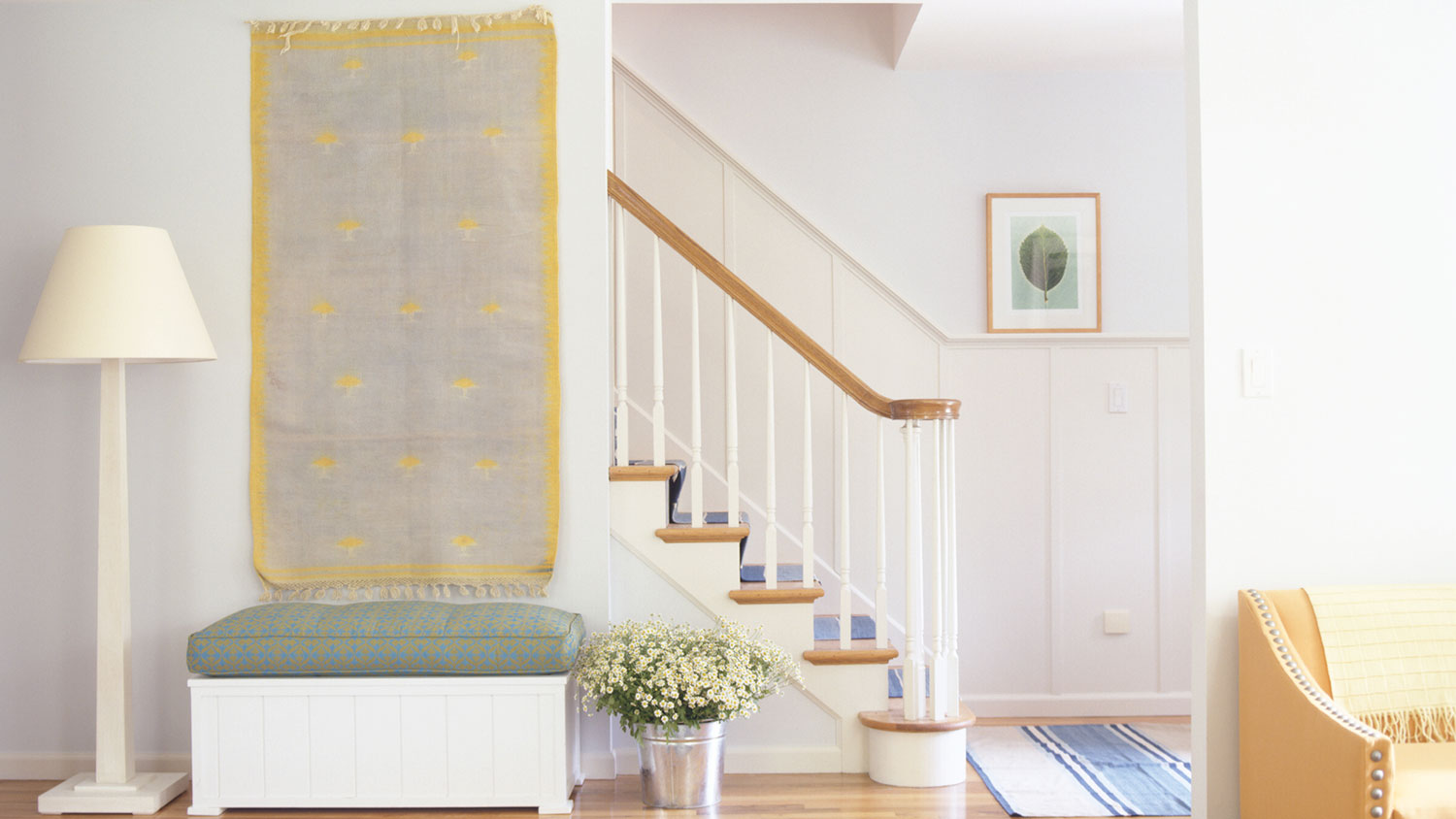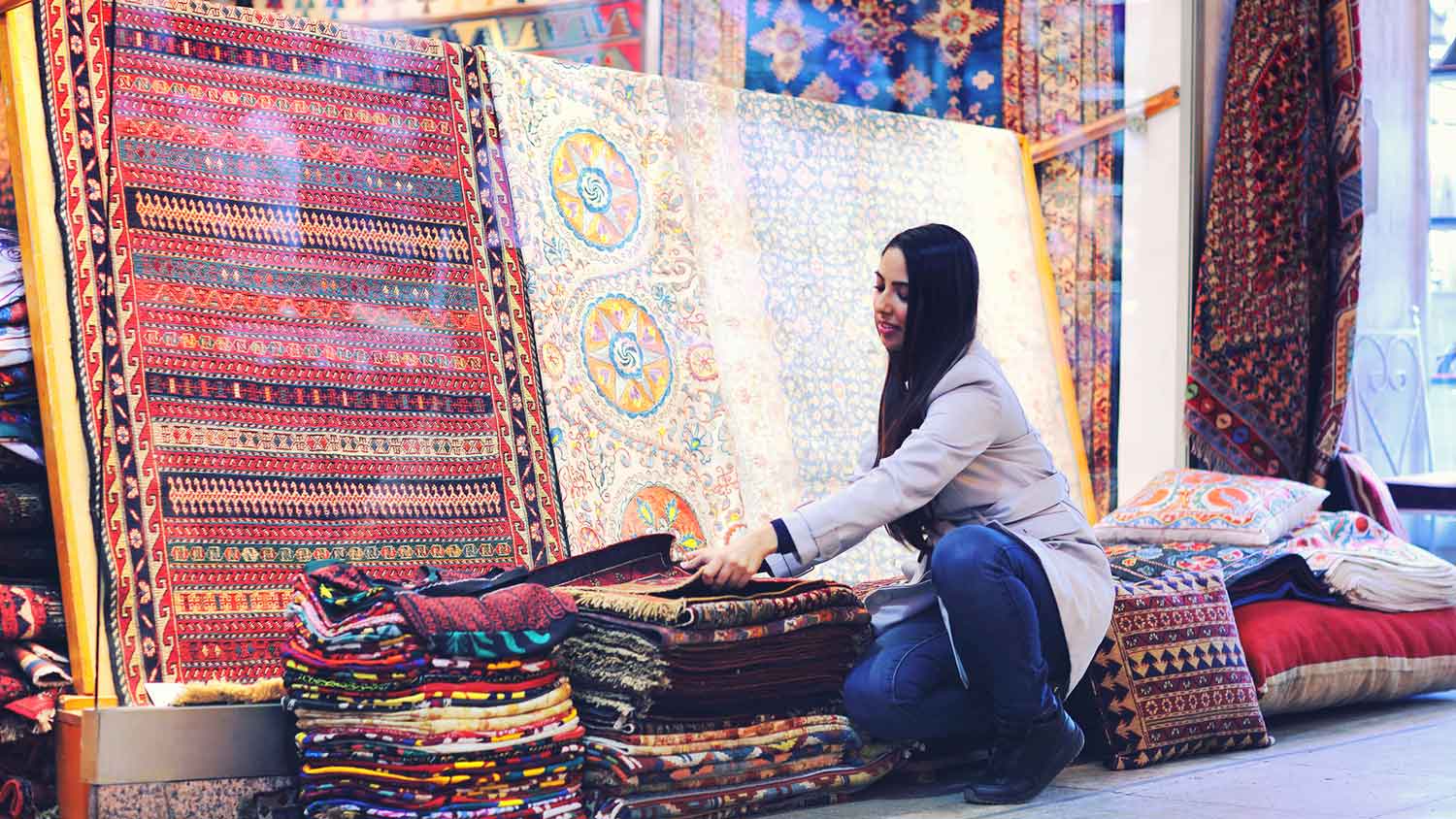
Discover the average feng shui consultant cost, what impacts pricing, and how to save on your consultation.
Hanging a tapestry is an easy way to add a splash of color to your home


Tapestries are works of art that can add warmth, color, and a whole lot of personality to your space. Not only are they easy to hang, but they’re also typically less expensive than traditional framed artwork or creating an accent wall. But not all tapestries are created equal.
Here’s how to choose the best tapestry for your space, taking size and appearance into consideration.

You can place tapestries wherever you want. Think about where you want to put your tapestry before you buy one so that you can measure the space, match the room’s colors, and find the perfect fit. Consider hanging it along a blank wall or behind a bed, couch, or another large piece of furniture.
Before you start your search for the perfect tapestry, measure the space where you plan on hanging it. If you’re hanging it across an entire blank wall, measure the length and width of the entire wall and plan on getting a tapestry that matches or is slightly smaller. Avoid hanging a large tapestry on a small wall—it makes your space look cramped.

Tapestries are statement wall decor pieces. If you’re looking for that wow factor for your room, this is it. And if you’re working to create a feng shui home, a tapestry fits the bill, adding beauty to your home.
These fabric wall hangings come in a wide variety of styles, colors, and designs, allowing you to choose the best one for your space. The right wall art for your room depends on the overall design of the room. Look for a tapestry that matches or complements your existing colors.
To absolutely ensure that the tapestry you choose matches your space, bring paint samples or fabric swatches with you to the store. This will help you narrow down which ones actually match your existing furniture and decor and prevent any impulse buys. When you find a piece you love, it’s easy to get tunnel vision only to realize it doesn’t quite fit your space when you bring it home.
Dark or bright colors tend to make rooms look smaller, so avoid tapestries with dark or bright colors if you’re decorating a small space. Muted, light colors work well to make small rooms look bigger than they are.

Tapestry fabric varies from maker to maker. Some fabrics look thick and textured, while others are thin and smooth. Before you go all-in on a tapestry, consider what textures are already in your space. If you already have a lot going on, adding more texture may be too much. But if your space is lacking texture, adding a fabric wall hanging will instantly warm it up.
Fabric quality also varies. If you plan to keep your tapestry up for years to come, make sure the tapestry is suitable for that. Avoid inexpensive fabrics that you can see through, which may tear or fade with time.
If interior design isn’t your forte or you simply don’t have time to dedicate to it, hire an interior decorator near you to help. A professional interior decorator has the skills necessary to take a good look at your space and provide guidance on what decor or arrangements will look best.
From average costs to expert advice, get all the answers you need to get your job done.

Discover the average feng shui consultant cost, what impacts pricing, and how to save on your consultation.

Need a little extra room for clothes storage in your home? Learn about the average cost to build a closet, some cost factors to consider, and more.

The cost to replace trim depends on factors such as style, material, and whether you hire a pro. Find out what your budget could look like for this project.

Discover the average cost of stretch ceiling installation, key price factors, and ways to save. Get transparent pricing to plan your stretch ceiling project.

Reinvigorate your home with the summer-ready decor trends welcoming us into the sunniest days of 2025. Find your favorite among these top 10.

Discover the cost to install a built-in wardrobe. Learn about average prices, installation factors, and ways to save on your custom storage project.